Discover Champagne: France’s sleeping giant
To mark National Champagne Day, The Week finds there is much more to the Unesco world heritage site than just its sparkling wine
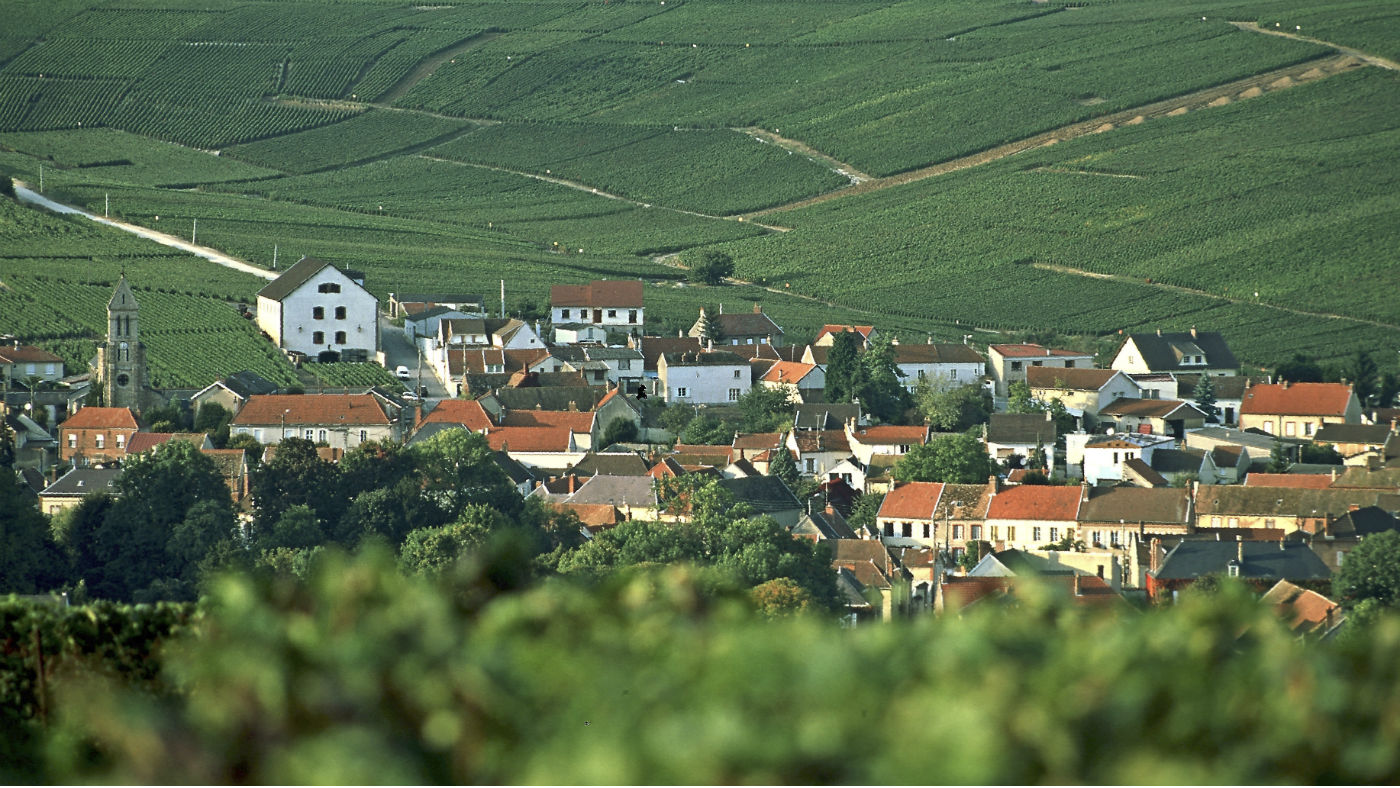
Champagne could rightly claim to be one of the world’s oldest brands. For centuries associated with luxury, it has also long been one of France’s main exports, projecting a distinctive sense of French style around the globe.
Ever since King Clovis was baptised here in the seventh century, the region has been synonymous with royalty and celebration.
Every French king travelled to the city of Reims to be crowned, but it is its unique sparkling wine, which was first produced in 1728 and soon became the drink of choice in the court of King Louis XV, that has put Champagne on the global map.
The Week
Escape your echo chamber. Get the facts behind the news, plus analysis from multiple perspectives.

Sign up for The Week's Free Newsletters
From our morning news briefing to a weekly Good News Newsletter, get the best of The Week delivered directly to your inbox.
From our morning news briefing to a weekly Good News Newsletter, get the best of The Week delivered directly to your inbox.
Yet it also comes with many preconceptions, and the region itself has been slow to open its doors to outsiders. Now finally, it is starting to attract attention, welcoming experienced wine lovers and day-trippers to its miles of vineyards, ancient cellars and historic houses.
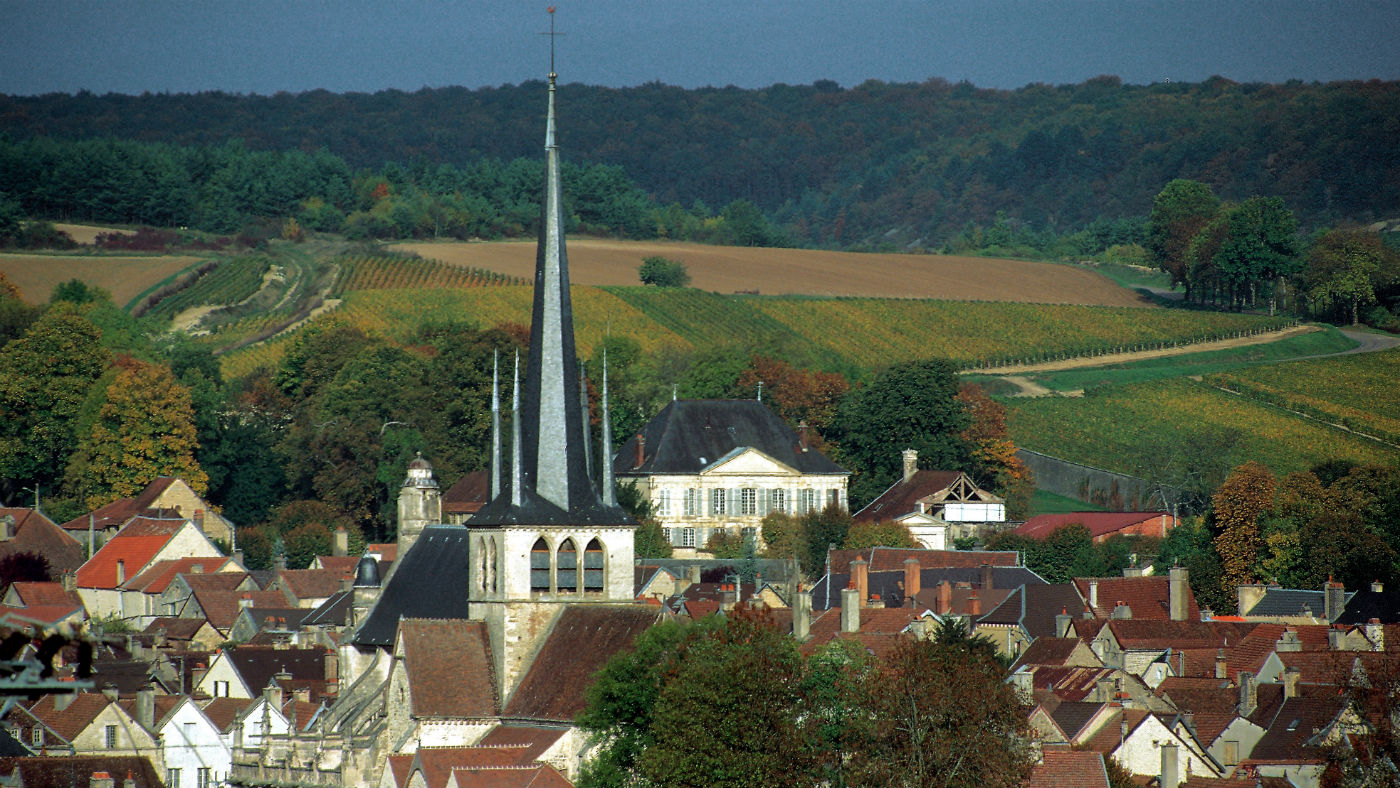
Since being granted Unesco world heritage status in 2015, the area has seen a huge increase in public and private investment. This in turn has led to a surge in tourism, with over 3 million people visiting the region last year, up more than 15% in three years.
It is not hard to see why. Just 45 minutes by train from Paris, Champagne is the perfect day-trip destination for connoisseurs and novices alike. For UK travellers an early morning Eurostar means you can be sitting back and relaxing with a glass of vintage in one of the many brasseries by lunchtime.
The first stop for most visitors is Reims, but just a twenty-minute drive to the east lies the region’s self-proclaimed capital Épernay. Sitting on the banks of the river Marne, which formed the frontline during the First World War, the town is nestled in the rolling hills that carry some of the region’s most exclusive vineyards and offers a more laid-back experience than its more famous larger neighbour.
A free daily email with the biggest news stories of the day – and the best features from TheWeek.com
Lunch at Le Grillade Gourmande is the perfect way to start an afternoon’s wine-tasting, located just a short walk from the Avenue de Champagne which hosts many of the most prestigious houses.
Among them is Champagne de Venoge. Little known in the UK, the house has undergone a major renovation over the past couple of years, and even offers luxury rooms to stay for visitors.
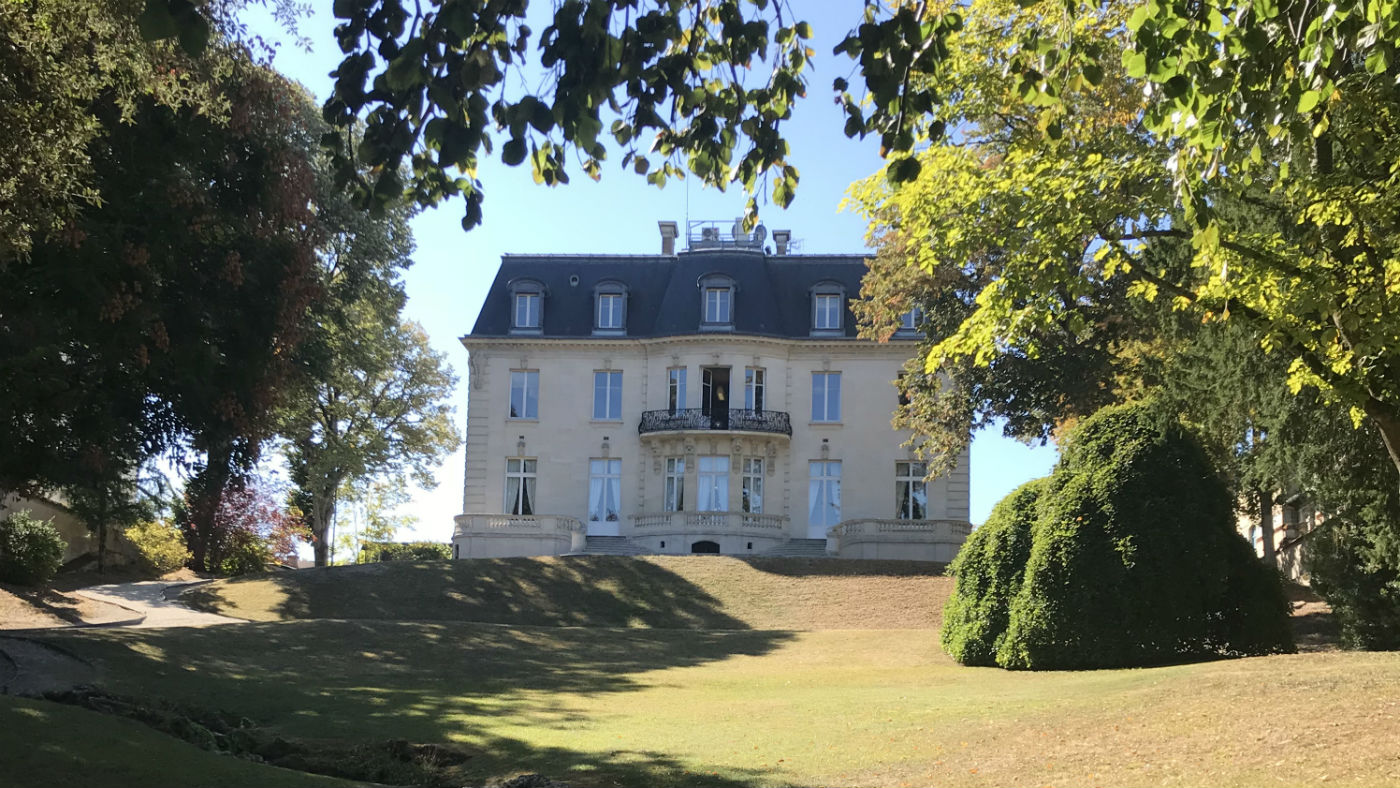
Hotel de Venoge
De Venoge’s president, Gilles de la Bassetiere, says that for years Champagne could best have been described as a sleeping giant, yet world heritage status is already having a noticeable impact on the region.
The constant struggle, he says, is to maintain an image that is at once historical yet also modern.
Driving the Unesco bid was Comité Champagne. Originally founded during the second world war to stop the ransacking of cellars, the Comité’s Philippe Wibrotte says they now act as “brand managers for Champagne”; maintaining the relationship between growers and houses while promoting value over volume.
Every house has its distinctive style and marketing, yet “condemned to live together, they have to come to a consensus” he says, citing the motto of the region: “The progress of all are more effective than the prowess of a few”. In this sense, the Comité acts as a form of “Musketeer management” says Wibrotte, whereby it is essentially all for one and one for all.
Consensus does not breed conformity, however. Each fermentation process is different and individual houses have their own unique style.
For well-known brands like Tattinger, this involves reaching out beyond champagne’s traditional comfort zones.
Like most labels, Brut Reserve makes up about 80% of its total sales, but the family-owned company has created new lines that target emerging markets and younger demographics, increasing overall production nearly threefold in a decade.
Nocturne, a classic Brut given a disco ball make-over, is one of its most popular and deliberately marketed to appeal to younger drinkers. The harsher Prelude pairs excellently with seafood and has proved particularly popular in Nordic countries.
For those new to wine Tattinger’s millennia-old cellars, which date back to Roman times and were used to shelter children during the First World War, are a must.
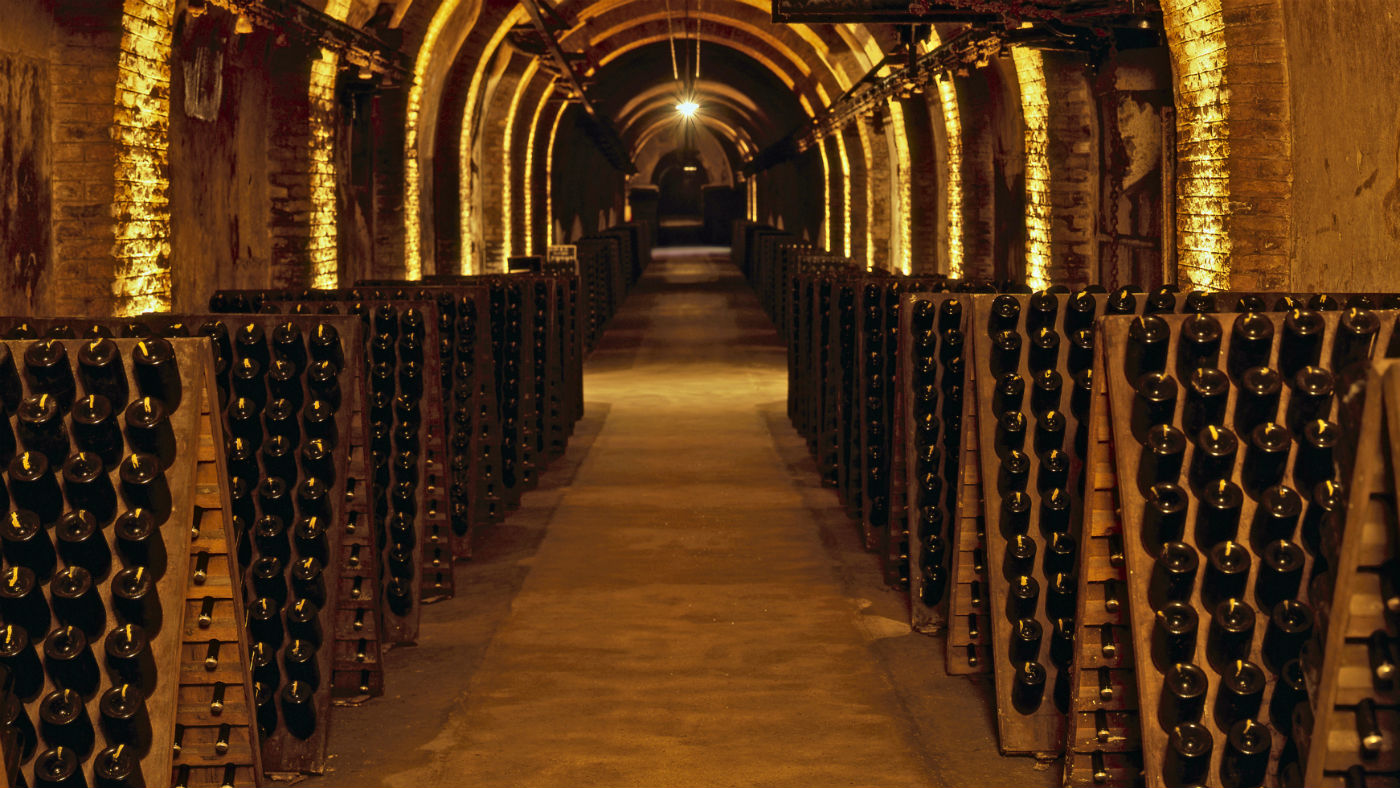
The surge in tourists over the past five years has also seen a number of smaller houses opening their doors for the first time.
One that started welcoming visitors this summer is Alfred Gratien. A medium sized-producer, it is oft-cited by rival vignerons as a personal favourite.
Predominantly exporting to the UK and US, Gratien champagne is aged only in oak barrels, and its longer fermentation process, of up to eight years for vintage, gives it a smoother more luxurious taste.
Most tastings now offer food pairings and come with serving suggestions, part of a concerted effort to change entrenched drinking habits around champagne – to make it more than a drink for special occasions but one that can also accompany a meal.
The task is daunting. Around 50% of all champagne is currently sold in the run-up to Christmas and New Years, while there is also the growing encroachment from cheaper alternatives like prosecco and cava.
For de Venoge’s president, the opening of new markets could see champagne effectively become a two-tiered business; consisting of a small number of high-end luxury brands, supported by a second larger group fighting for price.
In the long-term this could push average higher-end prices to over $100 a bottle, bringing the business back in line with a century ago when champagne was up to ten times more expensive than today’s prestige wines.
Key to this will be China. Currently the country only imports around 1.3 million bottles a year, less annually than AirFrance. With a rapidly growing middle-class that is set to change, but with champagne production already at near-full capacity demand will increasingly outstrip supply.
The move into previously underdeveloped markets also requires educating new drinkers, and in a sign of how important the Asian market is becoming, major brands such as LVMH are already investing heavily in a bid to change consumer’s drinking habits.
With an eye to the future, the Comité is also pioneering sustainable growing practices and became the first wine region to monitor its carbon footprint. All of this is in keeping with a vision that looks to find a balance between tradition and innovation.
“If you want to know what you are and where you want to go, you have to know where you come from” says Wibrotte.
This is best epitomised by Champagne’s world heritage bid which, he says, unlike its Burgundian neighbour “was not a beauty contest, but rather based on the interaction between man and nature”.
For all the talk of innovation, history here is hard to avoid and the sleepy town of Hautvillers is another must, even for day-visitors. Perched overlooking the Marne valley, the town is home to the abbey where Dom Perignon first discovered the champagne-making process.
The house is still there today and the town is much as it would have looked three centuries ago; the perfect place to end a trip to Champagne - where it all began.
19 October is National Champagne Day. Peak tourist season runs from late-April to mid-October, with harvest usually falling in the first week in September.
Standard Eurostar tickets from London St Pancreas to Paris Gard Nord start from £74 during weekdays and £134 on weekends. Trains from Paris to Reims cost £25 return and can be purchased in advance or on the day.
-
 A lemon-shaped exoplanet is squeezing what we know about planet formation
A lemon-shaped exoplanet is squeezing what we know about planet formationUnder the radar It may be made from a former star
-
 Political cartoons for January 4
Political cartoons for January 4Cartoons Sunday's political cartoons include a resolution to learn a new language, and new names in Hades and on battleships
-
 The ultimate films of 2025 by genre
The ultimate films of 2025 by genreThe Week Recommends From comedies to thrillers, documentaries to animations, 2025 featured some unforgettable film moments
-
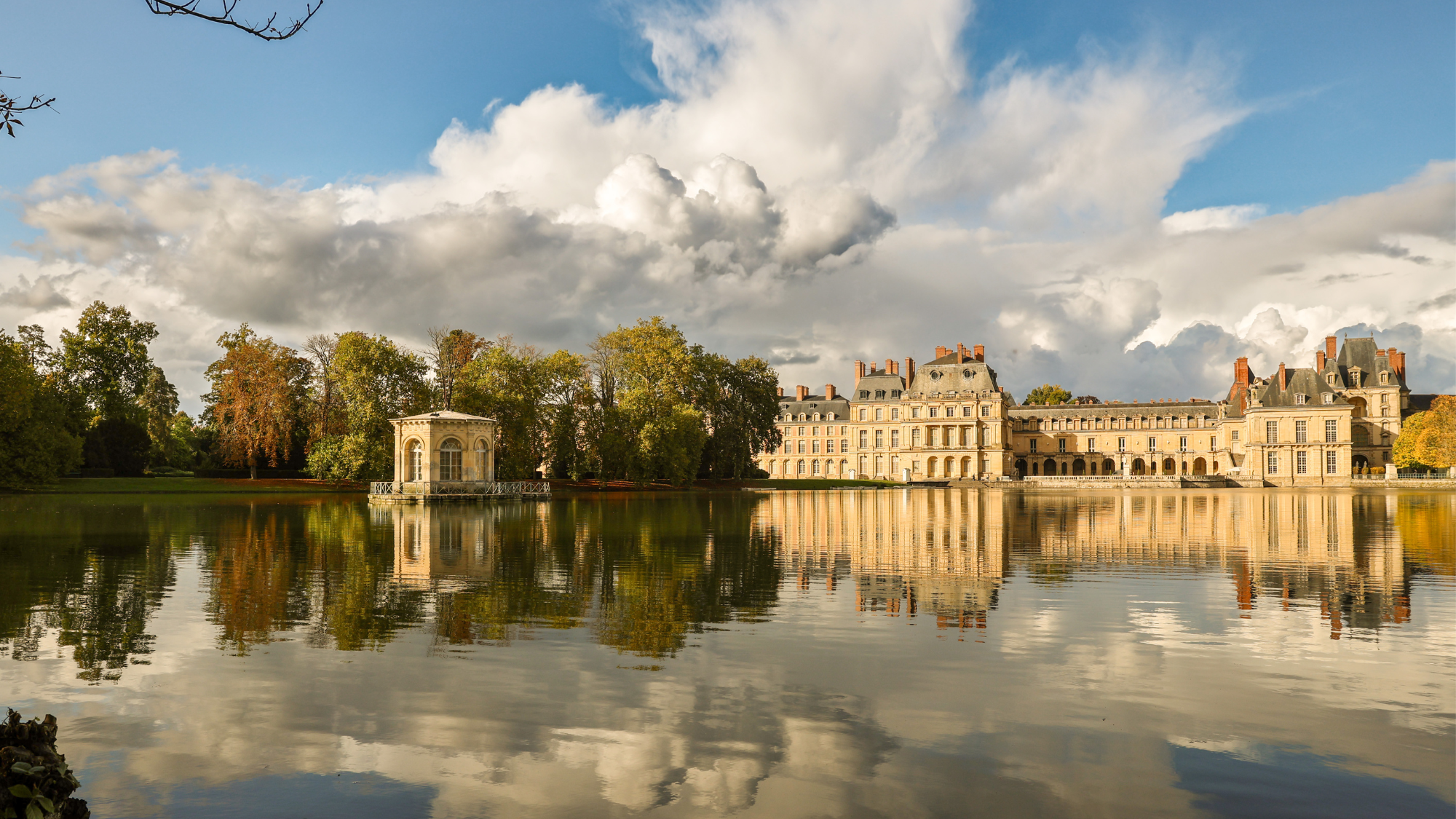 A long weekend in Fontainebleau
A long weekend in FontainebleauThe Week Recommends Less than an hour from Paris, this historic town is perfect for a short break
-
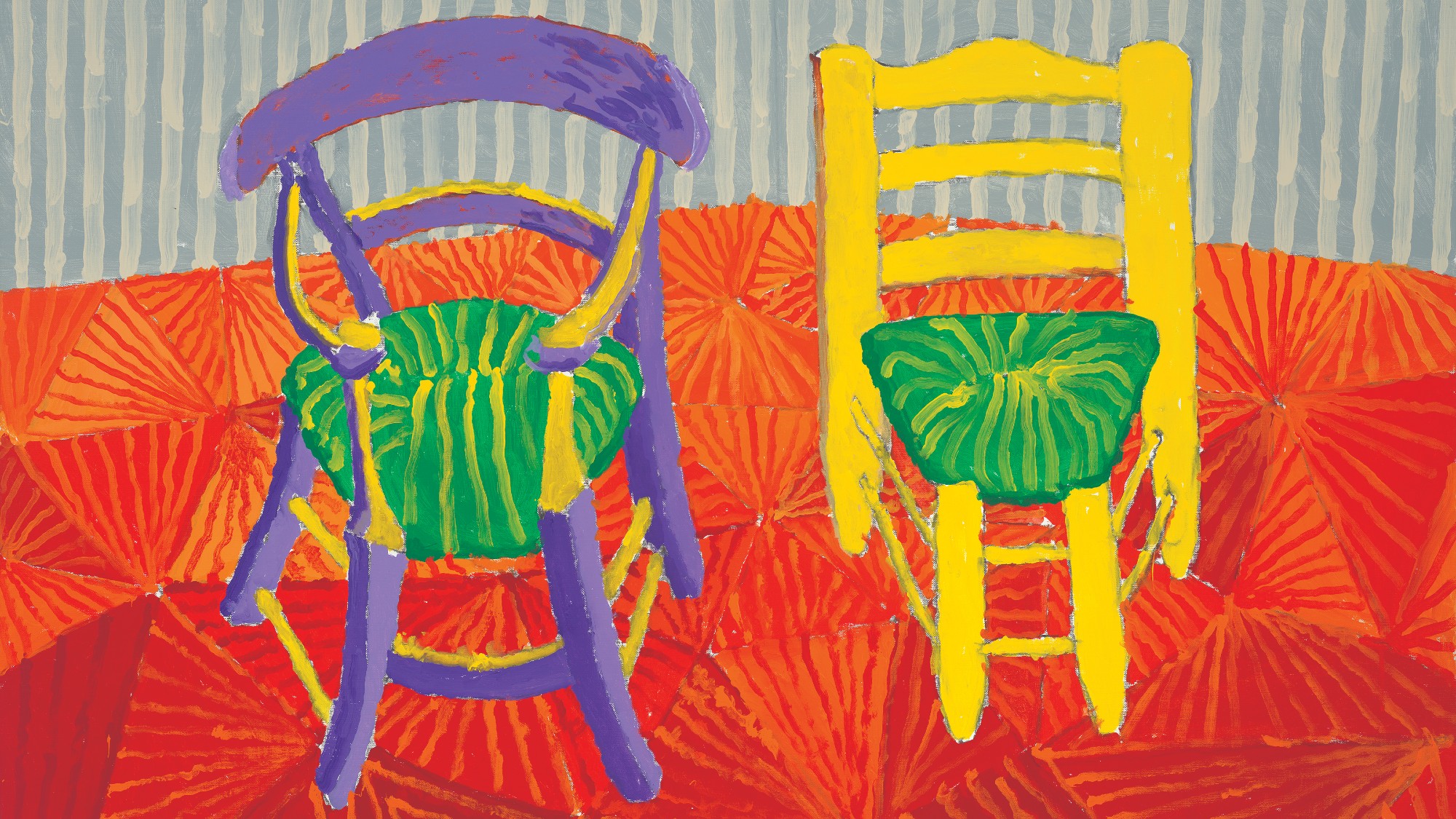 David Hockney at Annely Juda: an ‘eye-popping’ exhibition
David Hockney at Annely Juda: an ‘eye-popping’ exhibitionThe Week Recommends ‘Some Very, Very, Very New Paintings Not Yet Shown in Paris’ testifies to the artist’s ‘extraordinary vitality’ and ‘childlike curiosity’
-
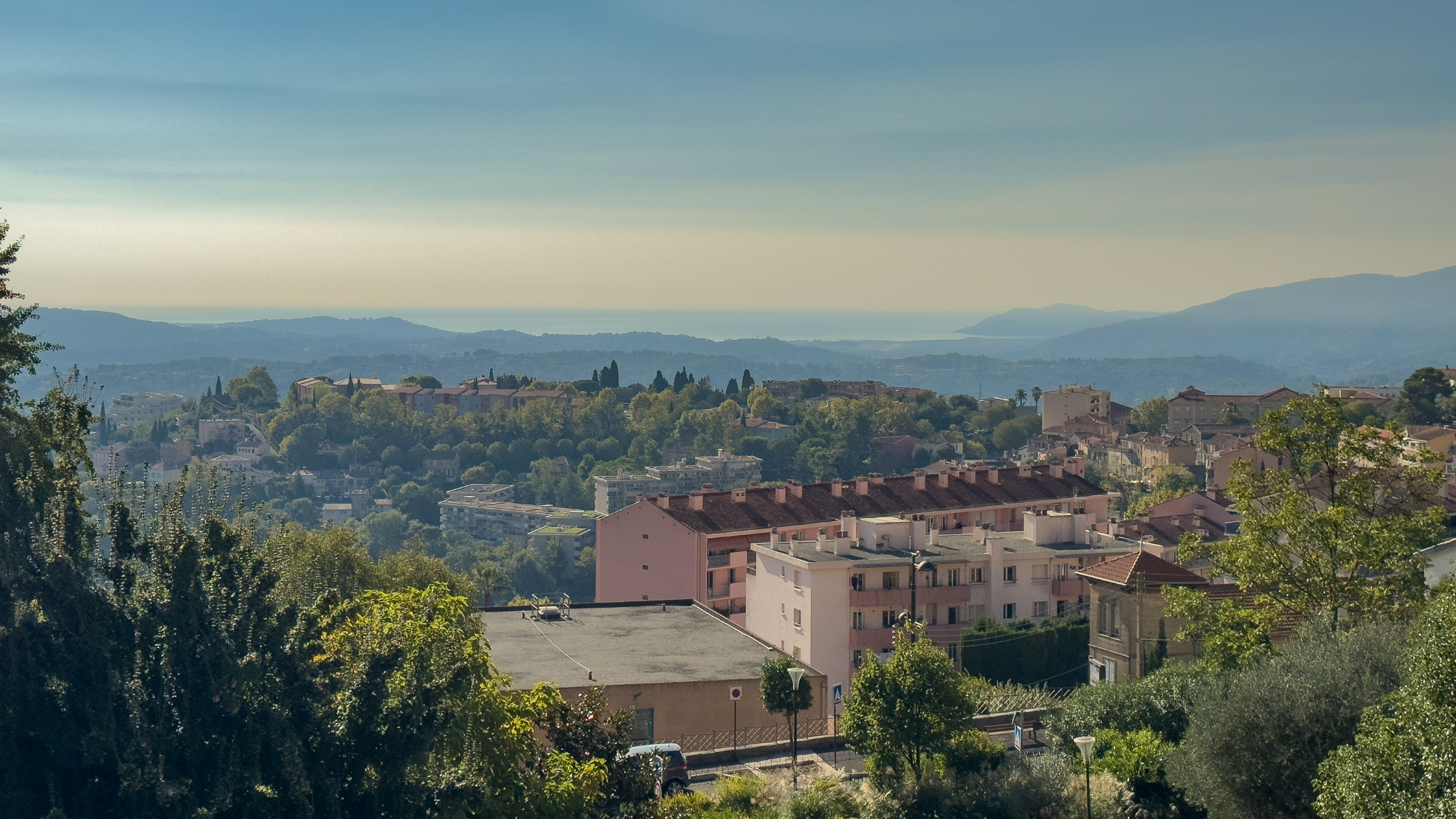 A scenic road trip in the French Riviera
A scenic road trip in the French RivieraThe Week Recommends The mild climate of the Côte d’Azur makes it ideal for shoulder season
-
 From Da Vinci to a golden toilet: a history of museum heists
From Da Vinci to a golden toilet: a history of museum heistsIn the Spotlight Following the ‘spectacular’ events at the Louvre, museums are ‘increasingly being targeted by criminal gangs’
-
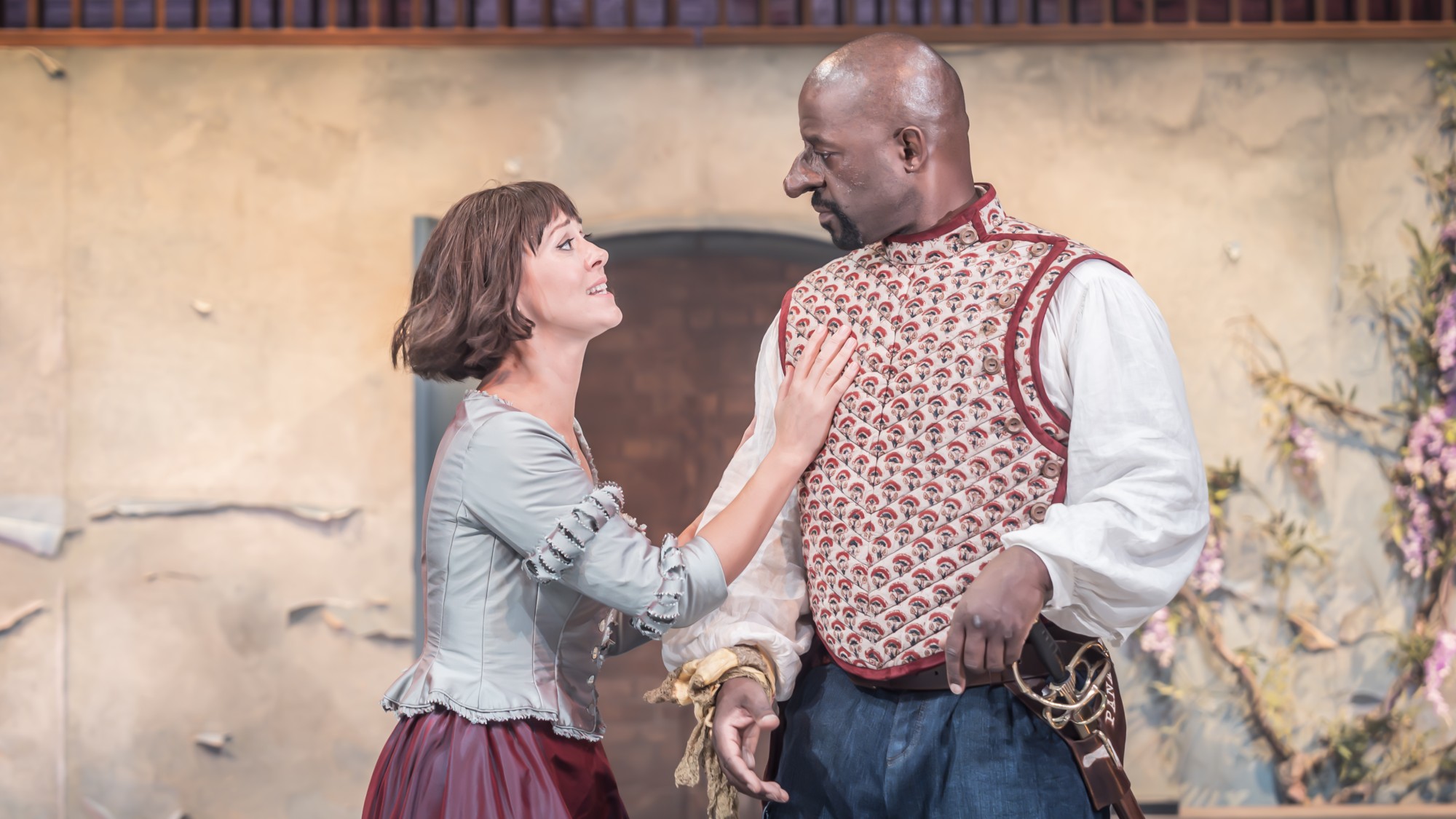 Cyrano de Bergerac: a ‘huge-hearted’ production
Cyrano de Bergerac: a ‘huge-hearted’ productionThe Week Recommends This ‘playful’ and ‘poignant’ rendition brings new life to the ‘gilet-sporting, verse-spouting’ titular soldier
-
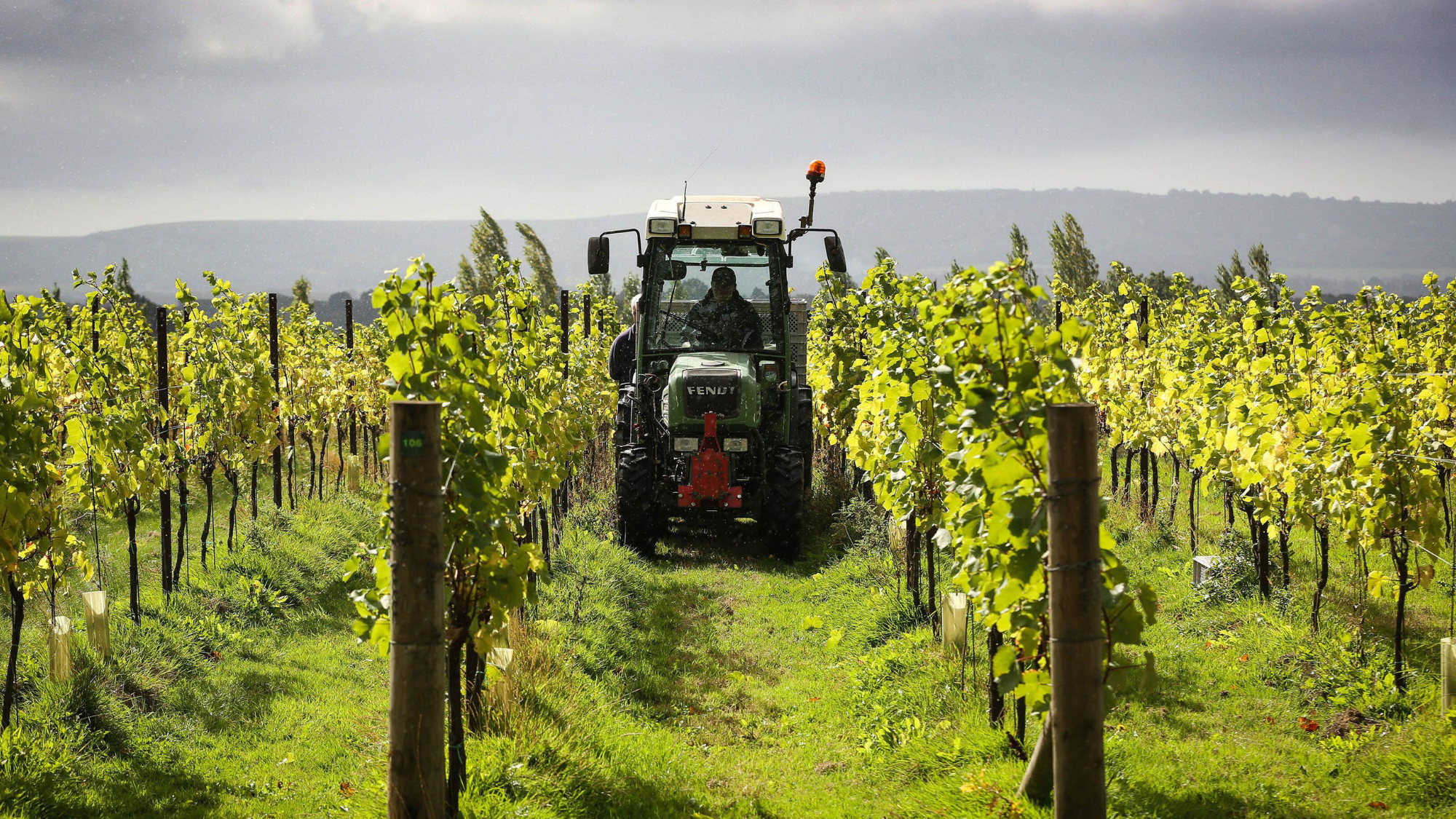 The rise of English sparkling wine
The rise of English sparkling wineThe Week Recommends As UK-based brands give champagne a run for its money, here’s everything you need to know about choosing the right bottle
-
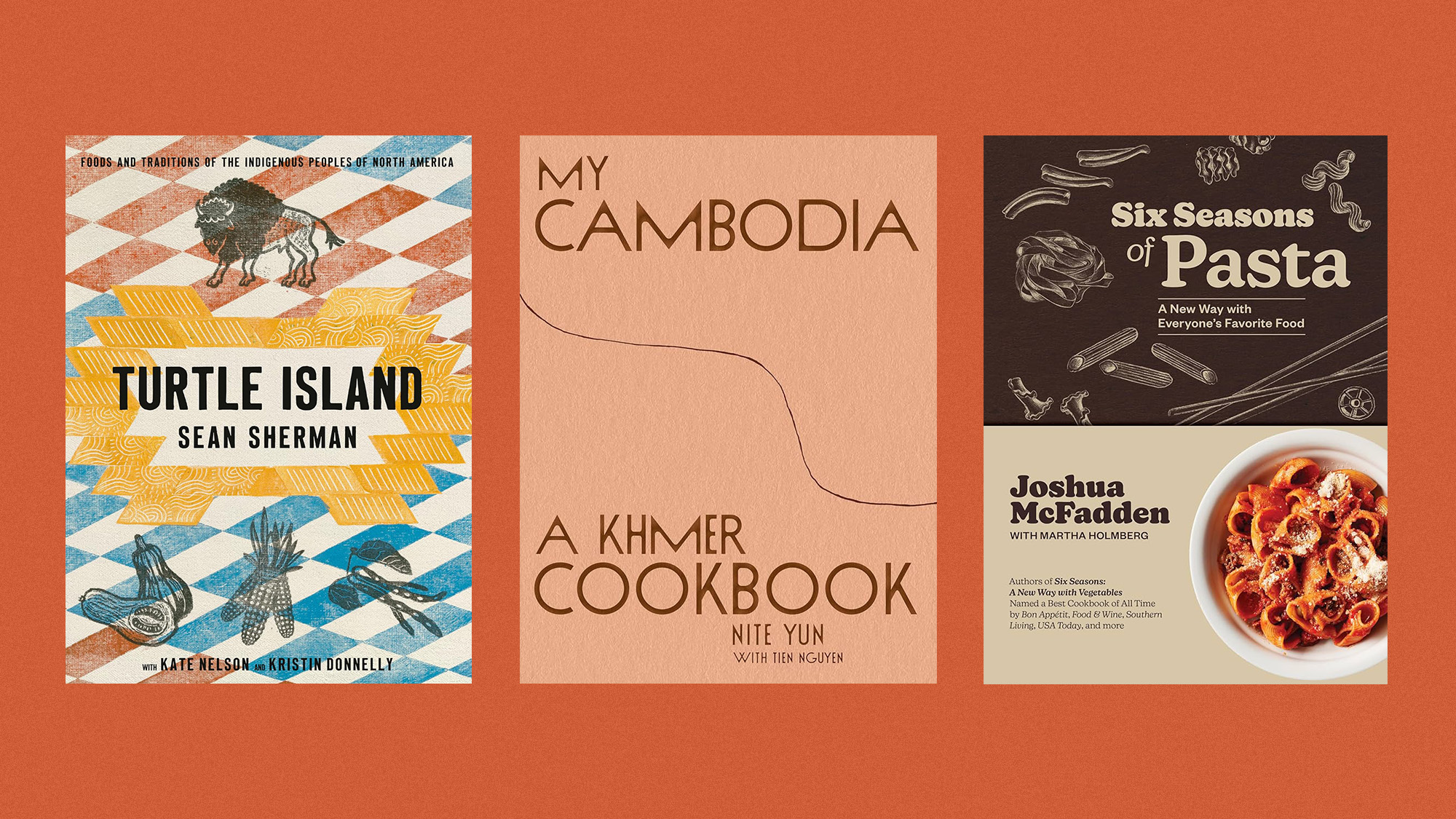 Projects and pantry staples: Fall’s new cookbooks are primed to help you achieve all sorts of deliciousness
Projects and pantry staples: Fall’s new cookbooks are primed to help you achieve all sorts of deliciousnessThe Week Recommends Starring new releases from celebri-cooks Samin Nosrat and Alison Roman
-
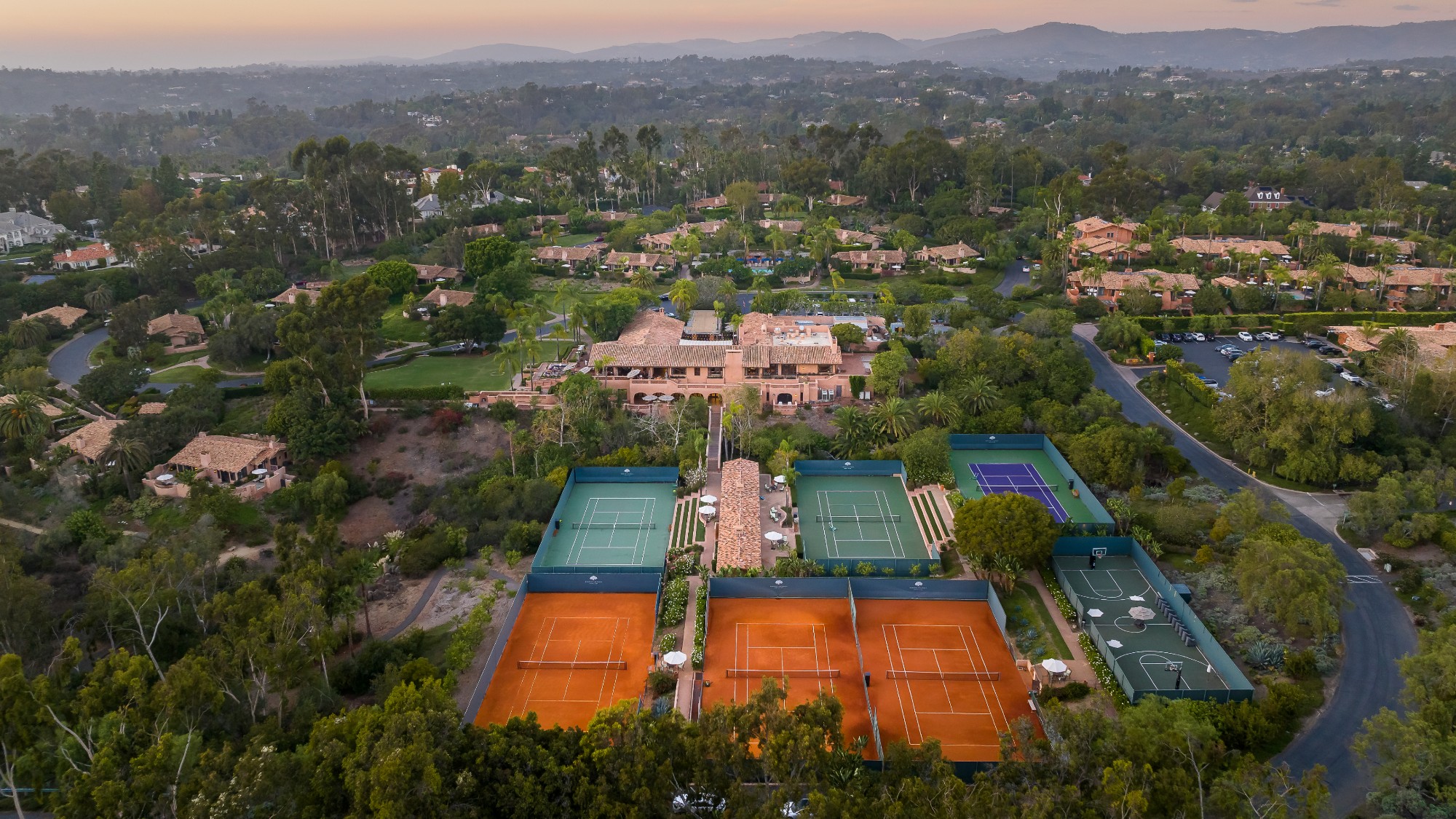 8 hotels with ace tennis courts
8 hotels with ace tennis courtsThe Week Recommends Bring your A game